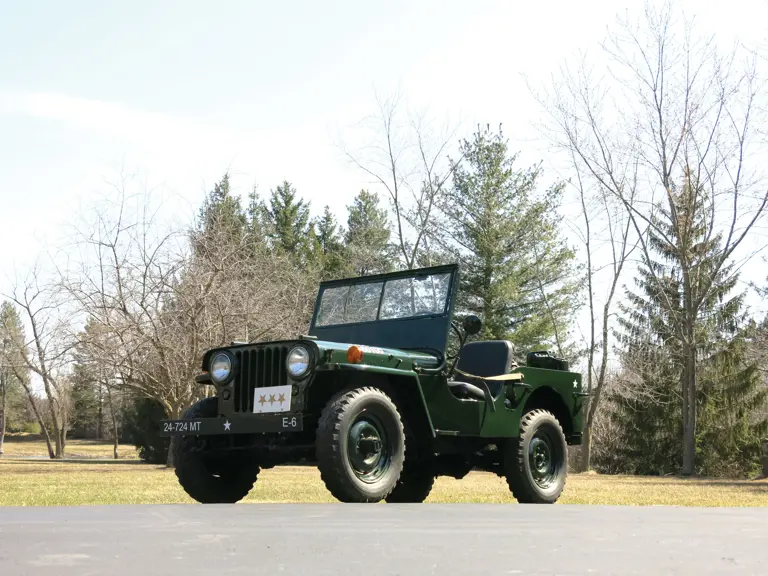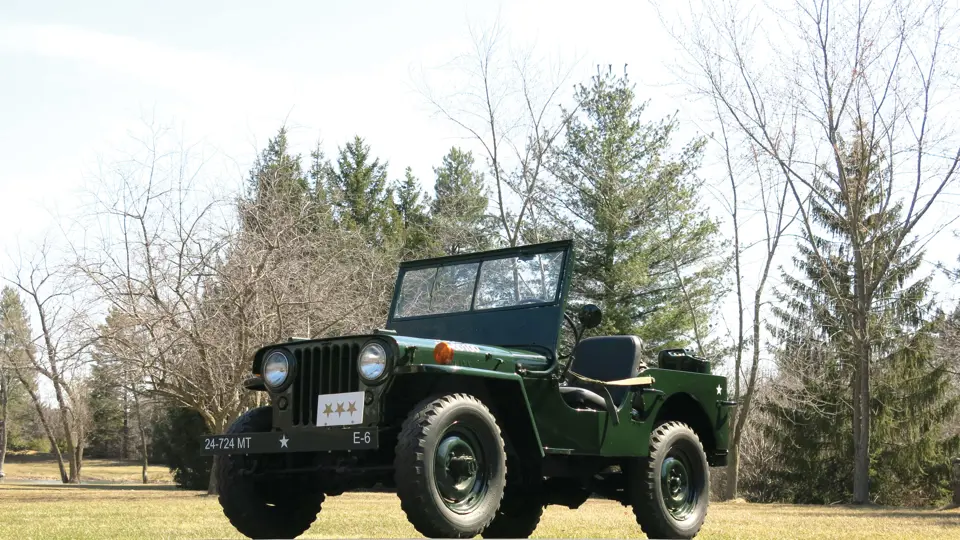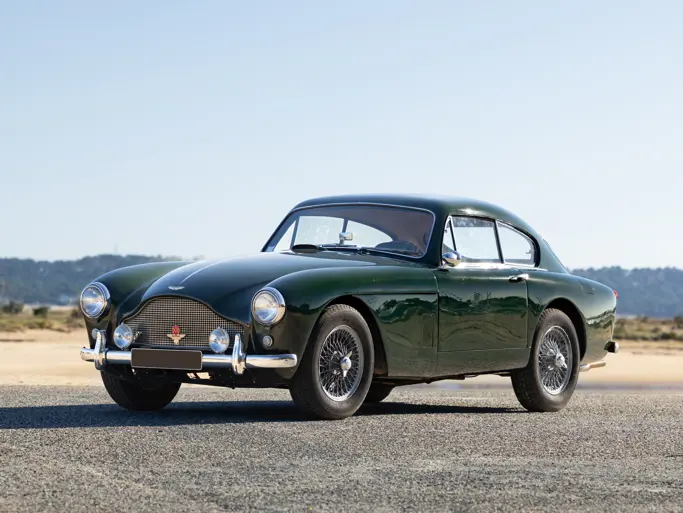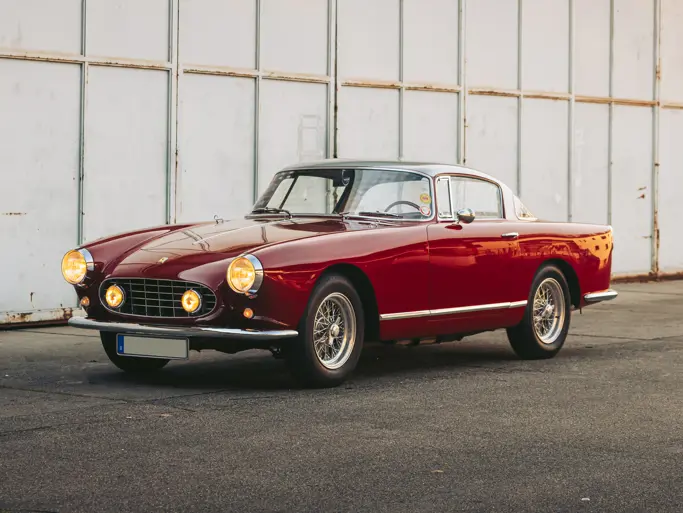 | Auburn, Indiana
| Auburn, Indiana
The lessons learned with the military jeep (MB) led to the development of the first full-production CJ or Civilian Jeep, the 1945-1949 Willys-Overland CJ-2A. The CJ-2A looked very much like a civilianized military version (MB) with a tailgate and side-mounted spare tire. One major difference between the MB and the CJ-2A was the grilles of the two vehicles. The MB had recessed headlights and nine-slot grilles while the CJ-2A had larger headlights flush-mounted in a seven-slot grille. In place of the MB's T-84 transmission, the CJ-2A was equipped with the beefier T-90 three-speed transmission. The CJ-2A was still powered by the reliable L-134 Go-Devil engine. Many of the early CJ-2As were produced using surplus military Jeep parts such as engine blocks and, in a few cases, modified frames. Some of the use of surplus parts was due to strikes at suppliers such as Autolite. Since Willys produced few parts in-house and relied heavily on suppliers, it was vulnerable to strikes. Unfortunately for Willys, strikes were common postwar. This undoubtedly contributed to low production totals in 1945 and early 1946.
Since the CJ-2A was primarily intended for farming, ranching and industrial applications, a wide variety of extras were available such as: rear seat, center rearview mirror, front passenger seat, canvas top, front power take-off (PTO), rear PTO, belt pulley drive, capstan winch, governor, rear hydraulic lift, snow plow, welder, generator, mower, disc, front bumper weight, heavy-duty springs, dual vacuum windshield wipers, dual taillights, hot-climate radiator, driveshaft guards, heater, side steps and radiator brush guard.
CJ-2As were produced with unique, lively color combinations that in some ways symbolized the hope and promise of postwar America. From 1945 to mid-1946, CJ-2As were only available in two color combinations: Pasture Green with Autumn Yellow wheels and Harvest Tan with Sunset Red wheels. Additional color combinations added in mid-1946. Olive drab was also available for export models. On early CJ-2As, the front seats were covered in olive drab vinyl. Around mid-1947, Slate Gray vinyl became available for certain color combinations. Later, Barcelona Red was added to the mix.
A total of 214,760 CJ-2As were produced between 1945 and 1949.
This 1947 Willys Jeep CJ-2A has been cosmetically restored, mainly in the form of paint, military-type markings and a rear-mounted jerrycan. The exterior body panels appear to be in solid condition. The floors show evidence of being patched and refinished. The interior is has been replaced in a non-original manner and is in fair condition. It is missing the top assembly. The dashboard is intact with all of its original gauges and controls. This vehicle does not retain its original data plate.
The chassis and engine appear to be mostly complete. The vehicle has not been driven or operated in recent years, but our attending Auctions America specialist has run the vehicle. Upon inspection, the chassis shows evidence of rust and is sporadically pitted. The tires appear to be in good condition.
This example does not have any additional equipment that was offered as accessories with an original CJ-2A, such as a power take-off, winch, disc, mower deck, etc.; but does have the aforementioned fuel jerrycan and military paint scheme.
Overall, this jeep is in fair condition and will likely require additional mechanical attention for extended usability.





